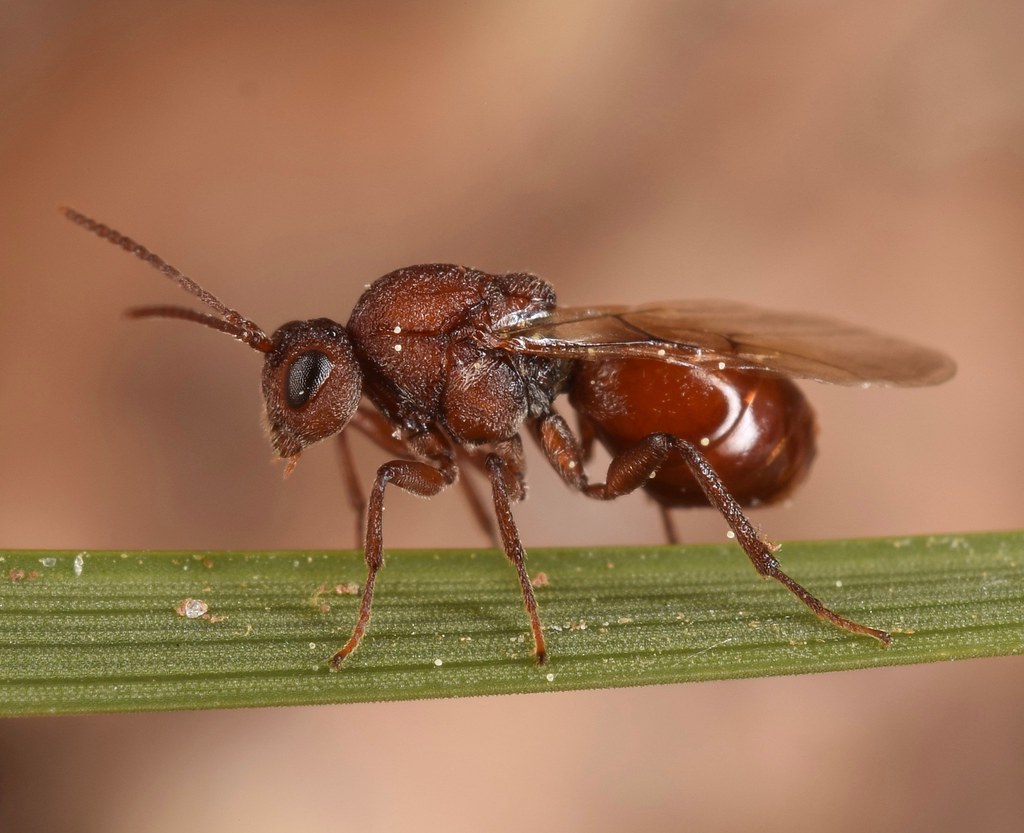In the intricate world of insect-plant relationships, few phenomena are as fascinating as the manipulation tactics employed by gall wasps. These tiny, often overlooked insects possess an extraordinary ability to hijack plant biology, compelling their unwitting hosts to construct elaborate protective structures—galls—that serve as both nursery and pantry for developing wasp larvae. Through a complex biochemical dialogue, gall wasps effectively reprogram plant cells, transforming ordinary plant tissue into custom-built shelters with all the amenities a growing insect could need. This remarkable example of evolutionary ingenuity showcases nature’s capacity for complex interspecies interactions and highlights how even the smallest organisms can dramatically reshape their environment to ensure their survival.
The Masterful Manipulators: Introducing Gall Wasps
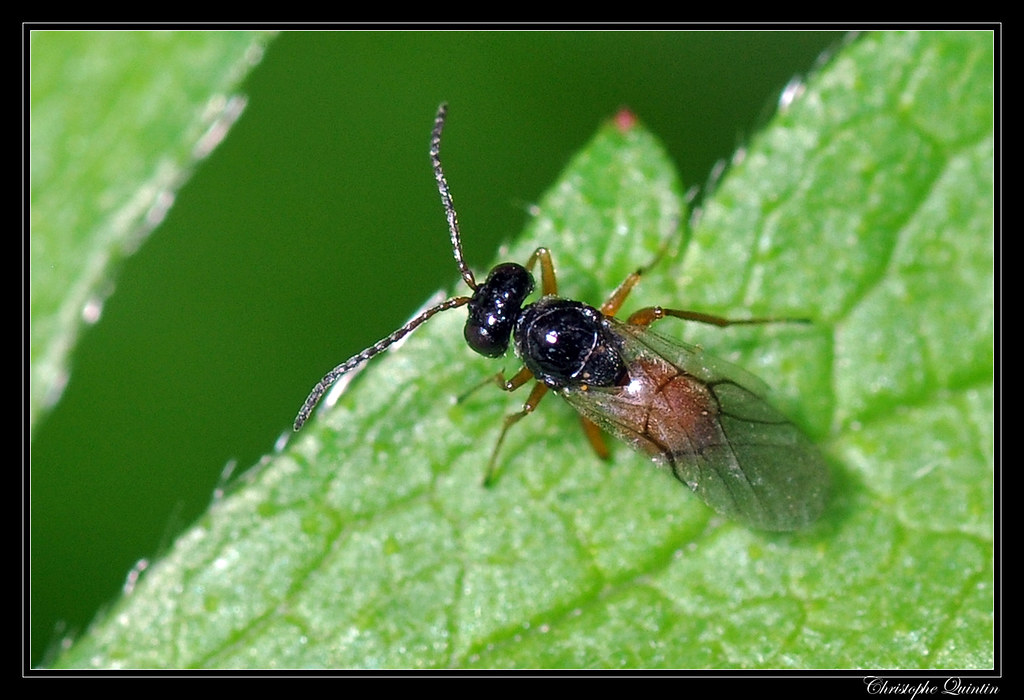
Gall wasps (family Cynipidae) comprise over 1,300 known species of small, typically non-stinging wasps that have evolved a specialized relationship with plants. Most measure only 1-8mm in length, making them nearly invisible to the casual observer despite their outsized ecological impact. Unlike their more familiar relatives that build paper nests or hunt other insects, these wasps have developed the remarkable ability to induce plants to form protective structures around their developing offspring. The relationship between gall wasps and their host plants represents one of nature’s most sophisticated examples of biological manipulation, evolving over millions of years into a precise chemical conversation between insect and plant. Their life cycle is intimately tied to specific plant species, with oak trees hosting the greatest diversity of gall wasp species worldwide.
The Architecture of Deception: What Is a Gall?
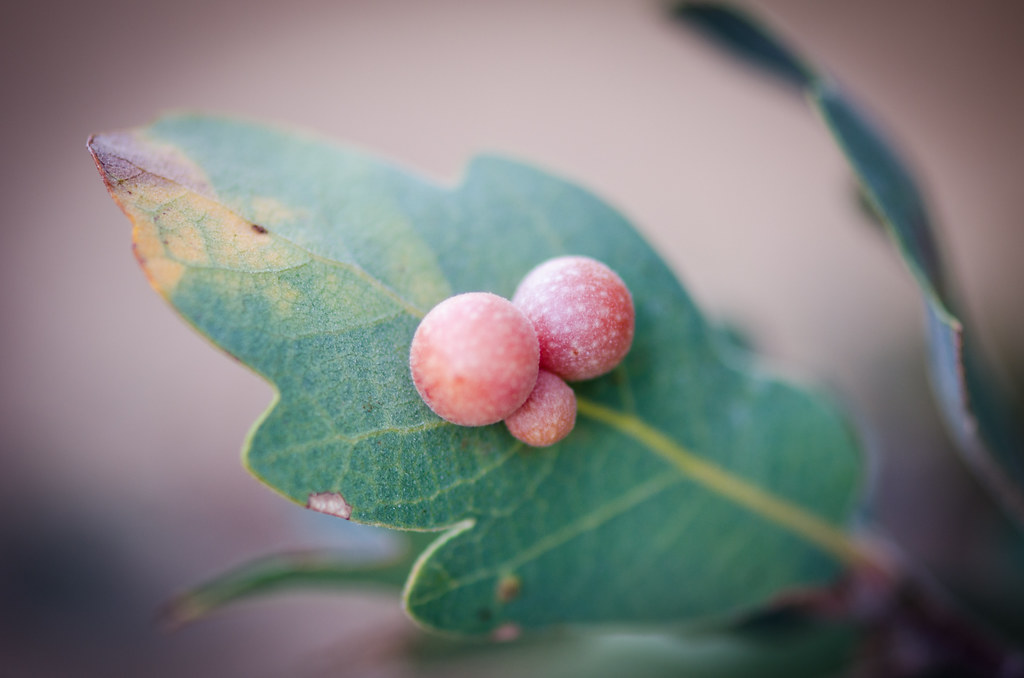
A gall is an abnormal plant growth formed in response to the presence of certain insects, mites, bacteria, or fungi. In the case of gall wasps, these structures represent the plant’s response to specific chemical signals introduced by the female wasp during egg-laying. Unlike simple wounds or random growths, galls are organized structures with distinct tissues and often species-specific shapes—ranging from spherical balls and spiny protrusions to elaborate formations resembling flowers, cones, or even miniature artichokes. The interior architecture of a gall is particularly remarkable, typically featuring specialized nutritive tissue that feeds the developing larva and a protective outer layer that shields it from predators and environmental stresses. Some galls contain multiple chambers, each housing a single developing wasp, while others support just one central inhabitant surrounded by layers of custom-designed plant tissue.
Chemical Warfare: How Wasps Hijack Plant Development
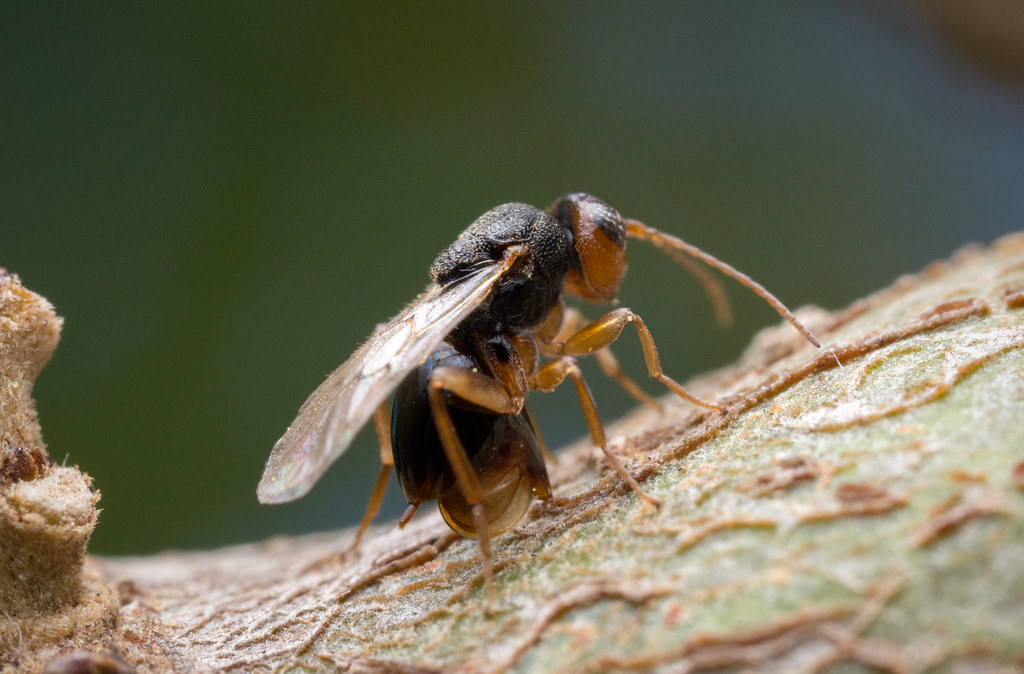
The process by which gall wasps commandeer plant biology begins when a female wasp injects her eggs into plant tissue along with a cocktail of chemicals that includes proteins, enzymes, and growth regulators. These bioactive compounds effectively reprogram the plant’s genetic expression and developmental pathways, causing cells to divide abnormally and differentiate into the specialized tissues that form the gall. Research suggests that some gall wasps may utilize viruses or virus-like particles to transfer genes directly into plant cells, further enhancing their ability to manipulate host biology. The precision of this chemical communication is astonishing—different species of gall wasps on the same host plant will reliably produce completely different gall structures, indicating highly specific molecular signals. Perhaps most remarkably, the plant’s normal defense responses appear to be suppressed during this process, allowing the gall to develop without triggering the plant’s typical immune reaction to invasion.
The Oak Masters: Cynipid Wasps and Their Favorite Hosts

While gall wasps can be found on various plant species, the overwhelming majority have evolved specialized relationships with oak trees (Quercus spp.), making them the epicenter of gall wasp diversity. A single oak tree may host dozens of different gall wasp species, each producing its signature gall on specific parts of the tree—leaves, stems, buds, flowers, or roots. This specialization demonstrates the remarkable evolutionary radiation of gall wasps, with different species adapting to exploit distinct microhabitats within the same host plant. The relationship between oaks and gall wasps has been developing for millions of years, creating a complex evolutionary arms race where plants evolve defenses and wasps evolve countermeasures. Some of the most visually striking galls occur on oak trees, including the spiny “jumping galls” that can detach and bounce on the ground, and the oak apple galls that can grow to the size of a ping-pong ball.
Life Inside the Living Nursery: The Wasp Larva’s Experience
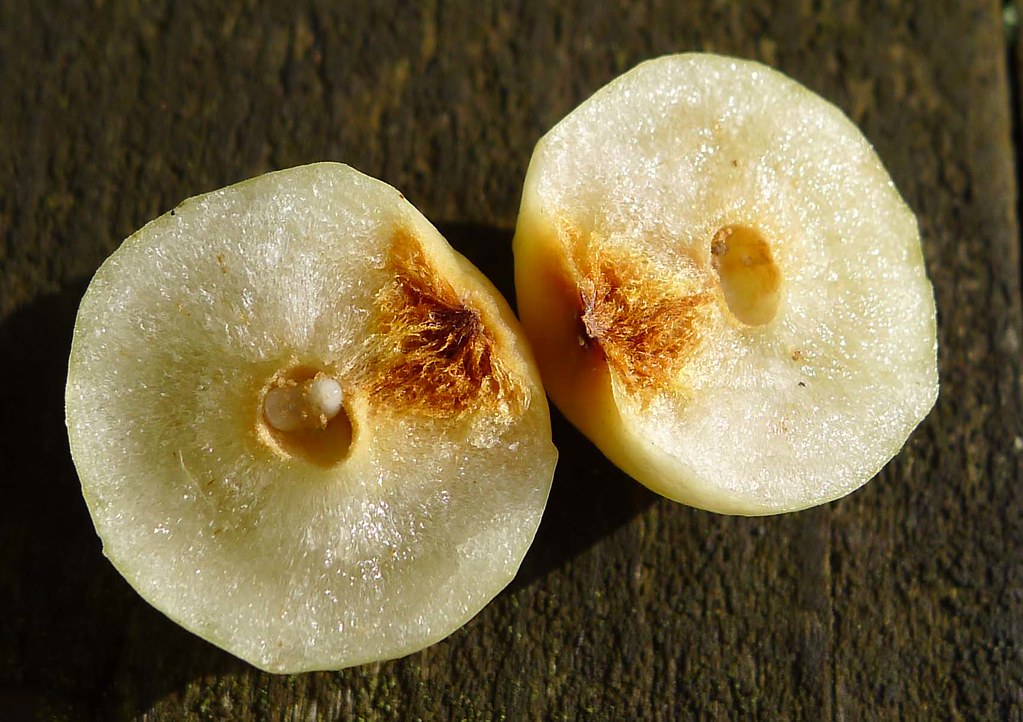
For a developing gall wasp larva, life inside its custom-built home offers extraordinary advantages compared to the vulnerable existence faced by many other insect offspring. Protected within the gall’s walls, the larva enjoys a climate-controlled environment that moderates temperature extremes and prevents desiccation. The nutritive tissue that lines the inner chamber provides a constant supply of high-quality food tailored to the larva’s dietary needs, eliminating the need to search for food or compete with other organisms. This nutritive layer is metabolically active, continuously producing nutrients as the larva feeds and grows. The gall effectively serves as both incubator and pantry, allowing the developing wasp to focus entirely on growth and development while remaining protected from the outside world.
Architectural Diversity: The Astonishing Variety of Gall Structures
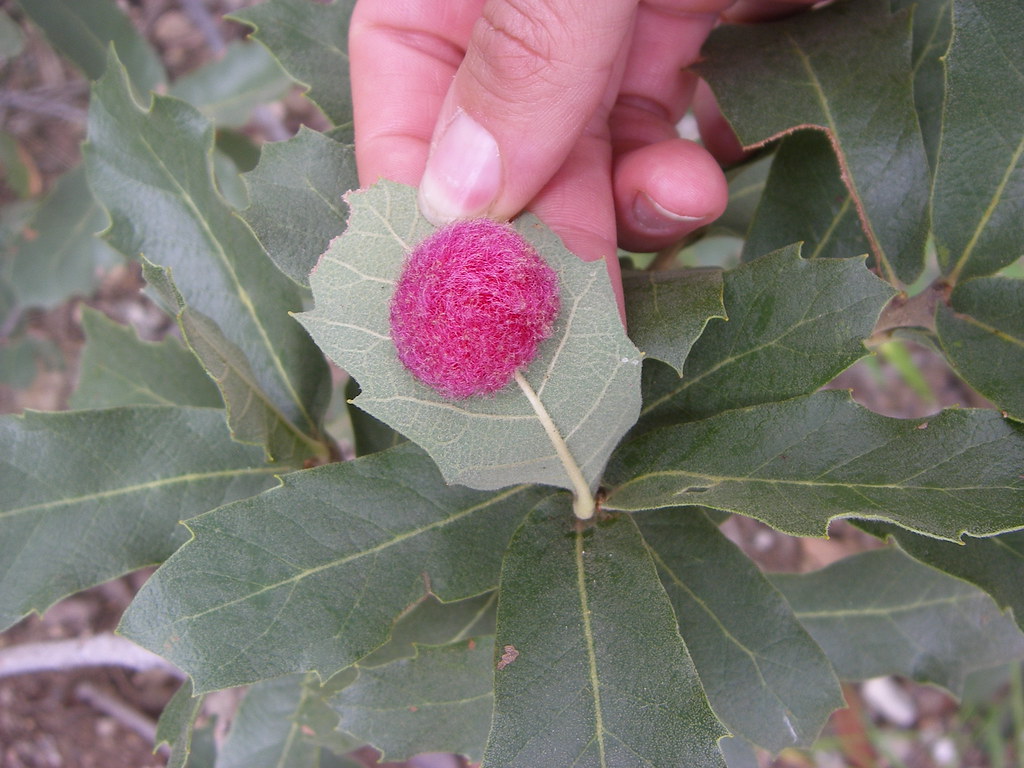
The diversity of gall structures created by different wasp species represents one of the most visually striking aspects of these insect-plant interactions. Oak marble galls form perfect spheres on twigs, while rose bedeguar galls create fuzzy, moss-like growths that turn brilliant red in summer. The spiny pineapple gall on spruce trees resembles its namesake fruit, complete with a crown-like top. This extraordinary variety isn’t merely aesthetic—the specific architecture of each gall type serves functional purposes related to protection, temperature regulation, and resource allocation. The distinct shapes and structures of galls have made them valuable identification tools for naturalists and ecologists, allowing for species recognition based solely on the appearance of the gall. Some galls are so distinctive and reliable in their formation that they were historically used in traditional medicine, ink production, and tanning, with oak galls in particular being prized for their high tannin content.
Complex Life Cycles: Alternating Generations and Hidden Identities
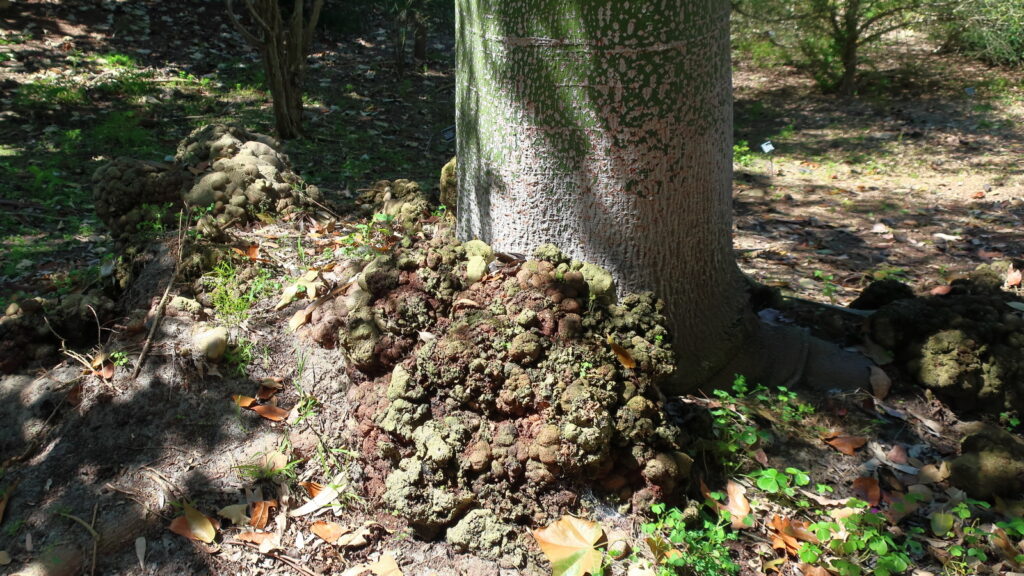
Many gall wasp species exhibit a phenomenon known as heterogony, an unusual life cycle involving alternating sexual and asexual generations that often produce completely different gall types on different parts of their host plant. The spring generation might emerge from spherical leaf galls and reproduce sexually, while their offspring develop in root galls and reproduce asexually, creating a cycle that synchronizes perfectly with seasonal changes in the host plant. This complex life cycle was so puzzling to early naturalists that the alternating generations were often classified as entirely different species until their connection was discovered. Some species demonstrate even more complex patterns, with multiple generations throughout the year, each producing distinctive galls on specific plant tissues. This reproductive strategy allows gall wasps to exploit different resources within the host plant throughout the growing season and may help them evade parasites and predators that target specific gall types.
Unwelcome Roommates: The Inquilines and Parasites
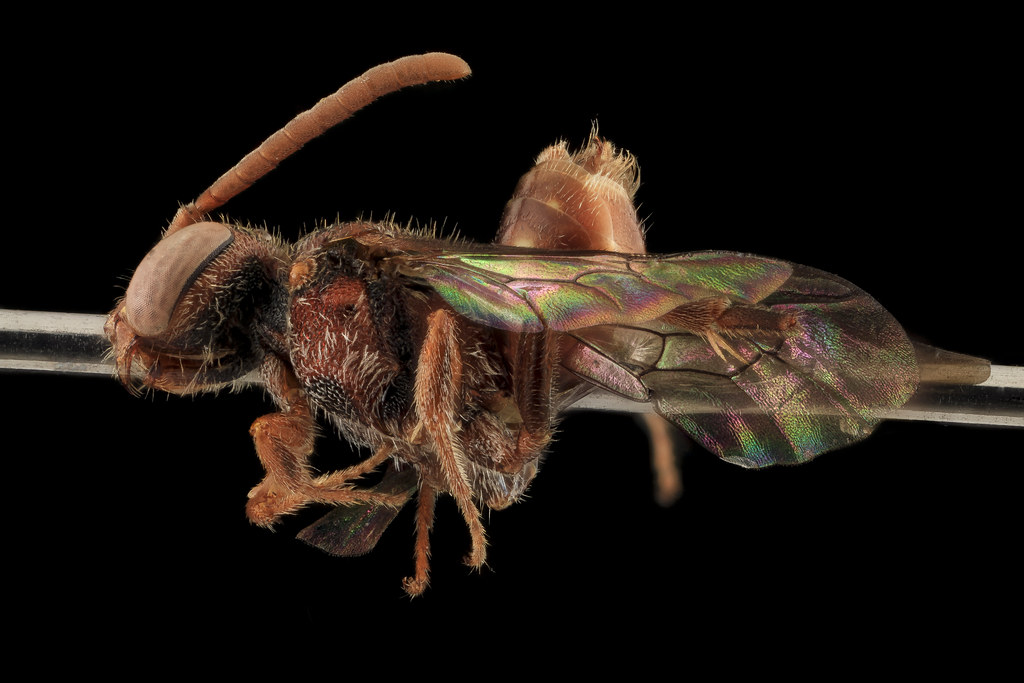
Despite the protective nature of galls, these living nurseries face threats from specialized predators and parasites that have evolved countermeasures to the wasp’s defenses. Inquilines are opportunistic insects that invade established galls, either killing the original inhabitant or sharing the space while feeding on gall tissues. Parasitoid wasps use their long ovipositors to drill through gall walls and lay eggs directly on or in the developing gall wasp larva, turning the supposed safe haven into a death trap. Birds and small mammals have learned to recognize certain gall types and break them open to extract the nutritious larvae within, particularly during winter when other food sources are scarce. These threats have driven the evolution of increasingly complex gall structures with features like thickened walls, sticky secretions, or air spaces that make parasitoid oviposition more difficult.
Ecological Ripple Effects: Galls as Miniature Ecosystems
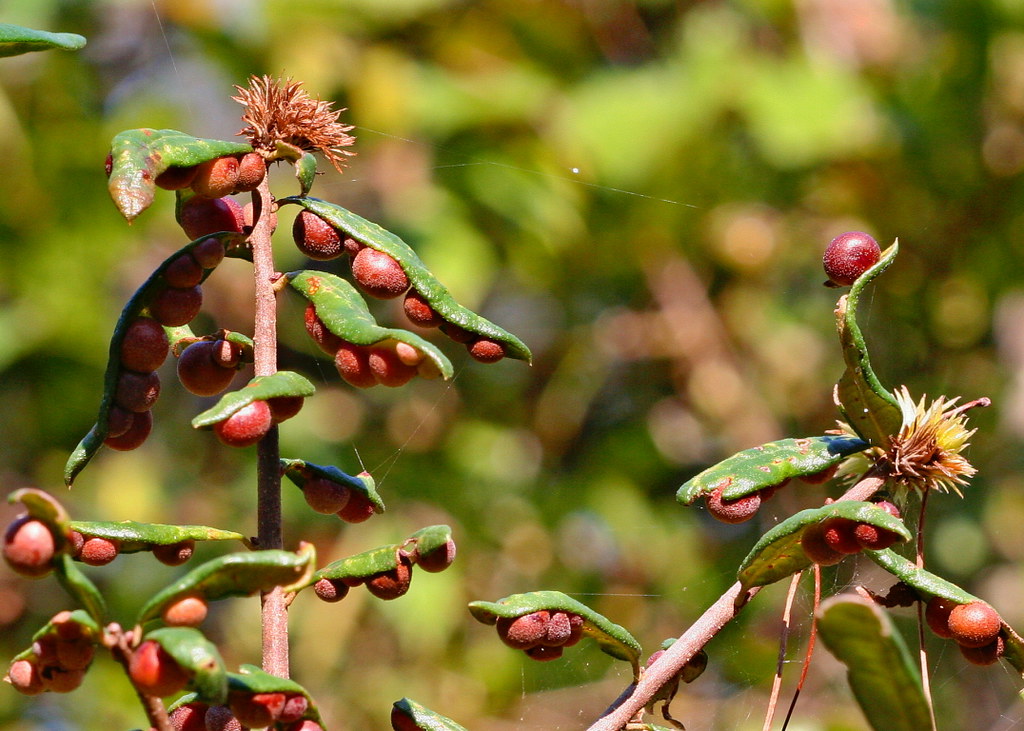
Far from being simple structures housing a single insect, mature galls often function as miniature ecosystems supporting a diverse community of organisms. Beyond the primary gall inducer, a single large gall might host inquilines, parasitoids, hyperparasitoids (parasites of parasites), predatory larvae, fungi, bacteria, and mites—creating a complex food web within a structure smaller than a golf ball. When galls fall from trees, they continue to impact ecosystems by contributing to nutrient cycling as they decompose on the forest floor. Some abandoned galls are repurposed as nesting sites by small bees and wasps, extending their ecological value beyond their original function. Research has shown that gall wasps can influence plant population dynamics, as heavy gall infestations may reduce seed production and affect plant reproductive success in certain years.
Evolutionary Arms Race: Plant Defenses and Wasp Countermeasures
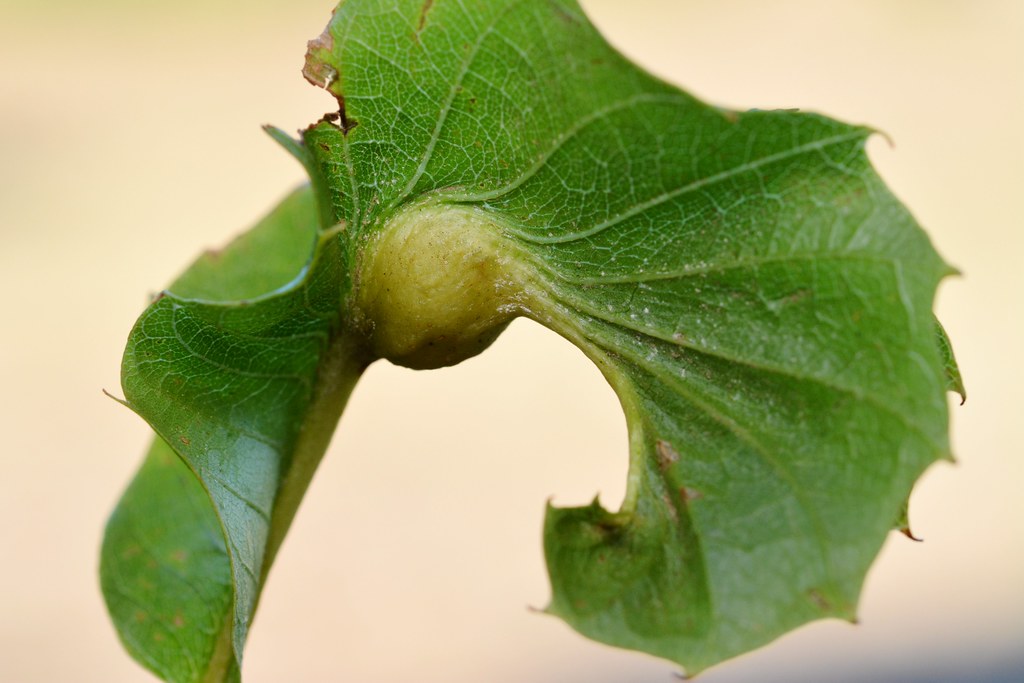
The relationship between gall wasps and their host plants represents a classic evolutionary arms race spanning millions of years. Plants have evolved various defensive strategies to resist gall formation, including physical barriers like thickened cuticles and chemical compounds that deter oviposition or inhibit the action of gall-inducing chemicals. In response, gall wasps have developed increasingly sophisticated biochemical tools to overcome these defenses and manipulate plant development to their advantage. Evidence of this ongoing battle can be seen in the varying susceptibility of different plant genotypes to gall formation—some individual plants within a species show greater resistance than others. The geographic mosaic of these interactions creates evolutionary hotspots where selection pressure is particularly intense, driving rapid adaptation in both plants and wasps.
Human Interactions: From Medieval Ink to Modern Science

Throughout history, humans have found various uses for the distinctive structures created by gall wasps. Oak galls, rich in tannic acid, were once essential ingredients in the production of iron gall ink—the primary writing ink used in Europe from the 5th through the 19th centuries, used for documents ranging from medieval manuscripts to the Declaration of Independence. Traditional medicine in various cultures incorporated galls as astringents and treatments for ailments ranging from toothaches to dysentery. In modern times, gall wasps have become important subjects for scientific research in fields including molecular biology, plant physiology, evolutionary ecology, and chemical ecology. The precise mechanisms by which gall wasps manipulate plant development are now being studied as potential models for understanding plant growth regulation and pest control strategies.
Gall Wasps in a Changing World: Conservation and Climate Change

Like many highly specialized organisms, gall wasps face significant challenges in a rapidly changing environment. Their intimate relationship with specific host plants makes them particularly vulnerable to habitat loss and fragmentation as natural landscapes are converted to human use. Climate change poses additional threats by potentially disrupting the synchronization between wasp life cycles and host plant development, a relationship that has been fine-tuned over evolutionary time. Rising temperatures may alter the geographic ranges of both wasps and their host plants, potentially creating mismatches where wasps are unable to find suitable hosts. Despite these challenges, the remarkable adaptability that has allowed gall wasps to evolve their sophisticated manipulation strategies may also help some species adjust to changing conditions, particularly those with broader host ranges or greater temperature tolerance.
Conclusion
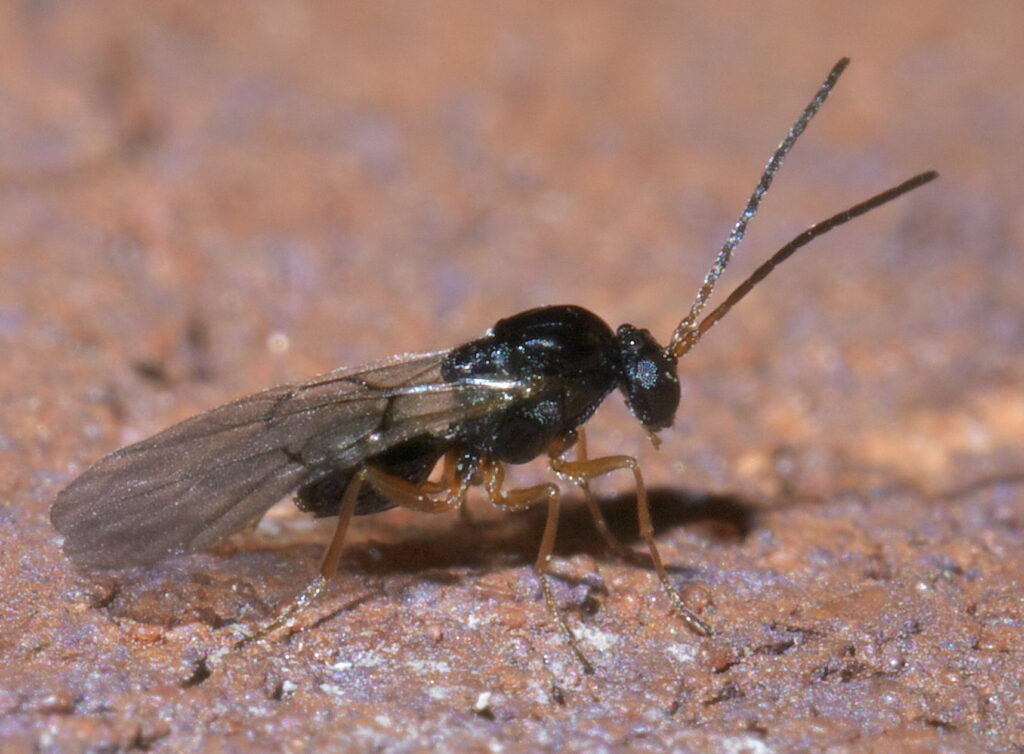
The story of gall wasps exemplifies nature’s endless capacity for innovation through evolution. These tiny insects have developed one of the most sophisticated forms of biological manipulation known to science, compelling plants to create custom-designed structures that serve as the perfect nursery for their offspring. Through chemical signals and possibly viral vectors, they reprogram plant genetics to create protective fortresses complete with built-in food supplies. This remarkable adaptation not only ensures the survival of gall wasp species but also creates habitat for countless other organisms, contributing to biodiversity and ecosystem function. As we continue to unravel the molecular mechanisms behind this ancient relationship, gall wasps offer valuable insights into coevolution, plant development, and the intricate connections that sustain life on Earth.

